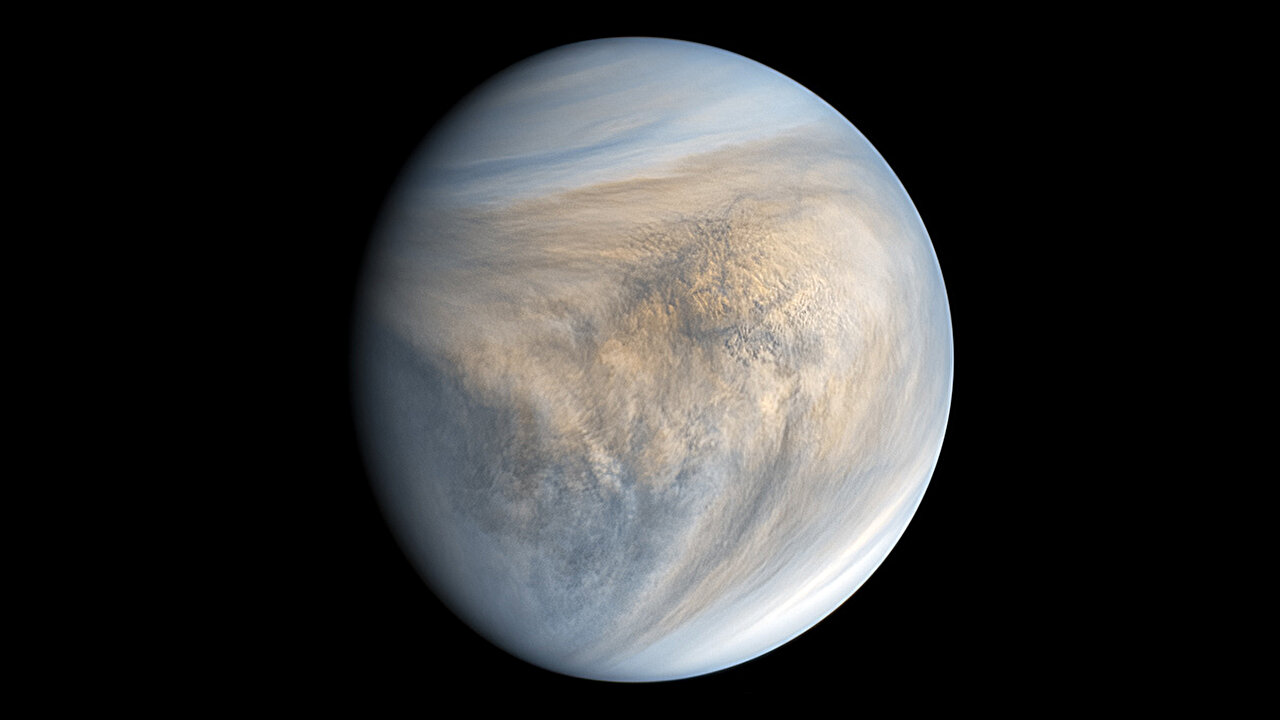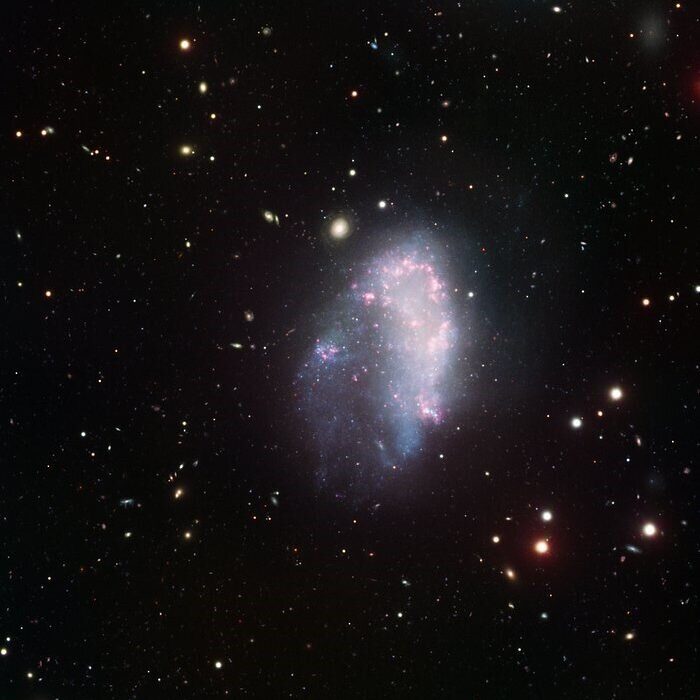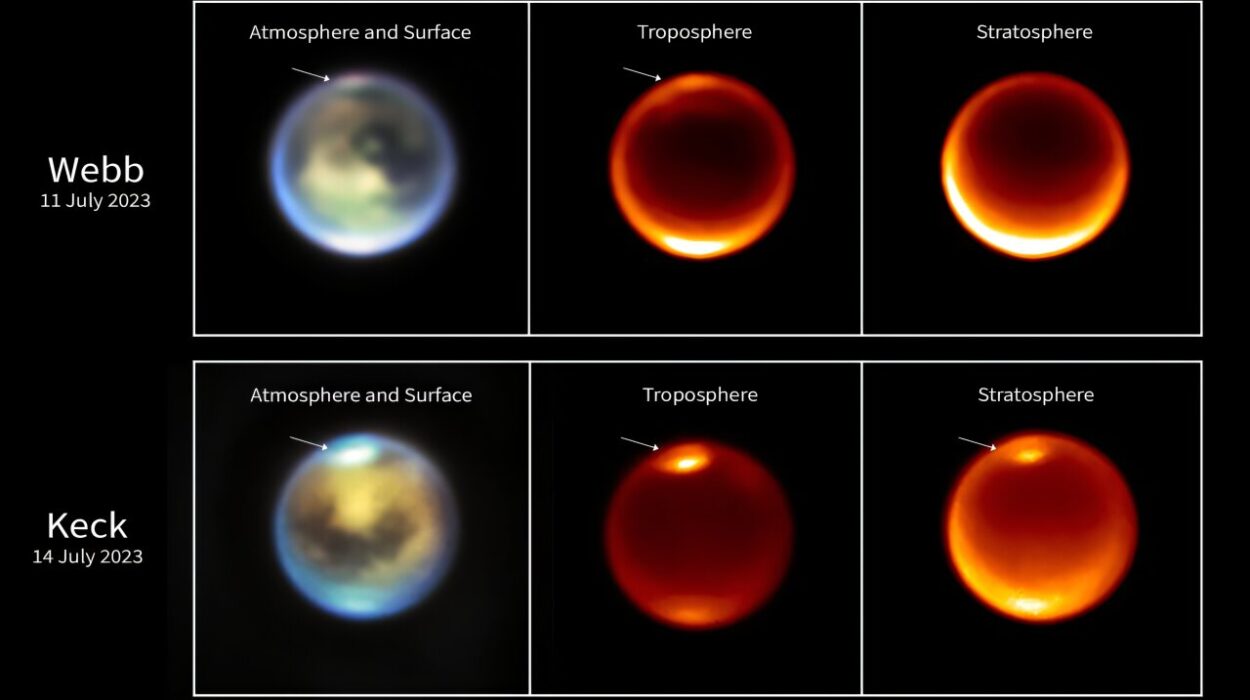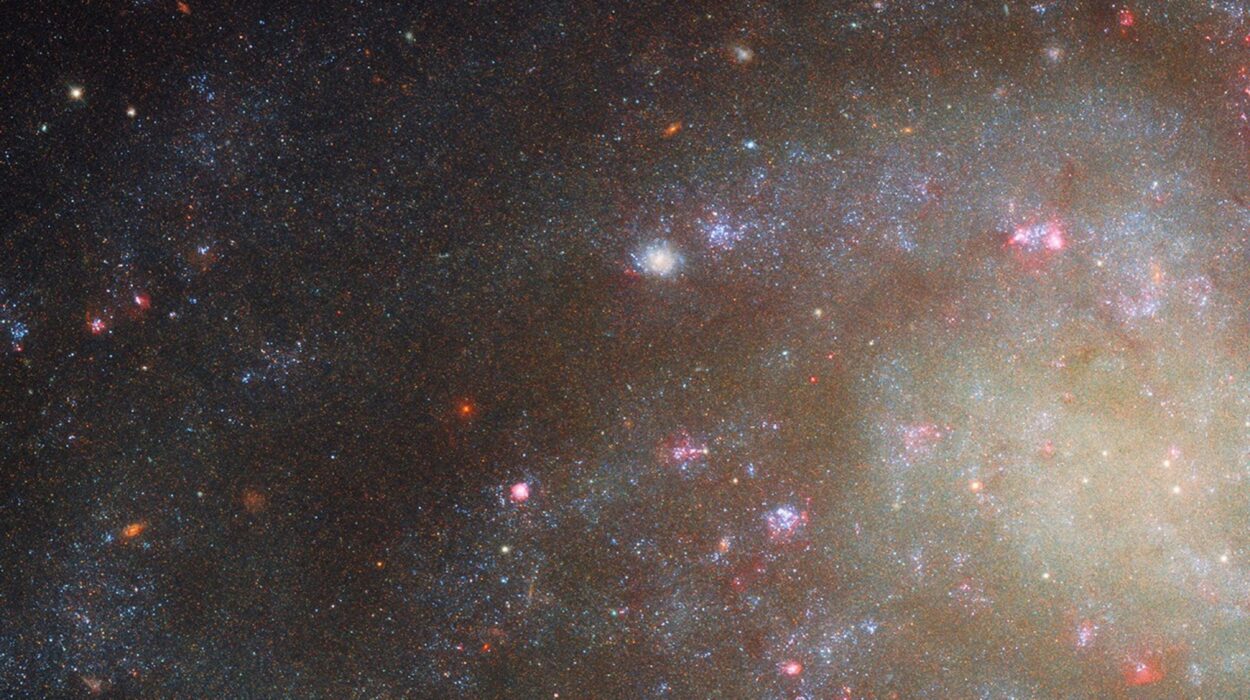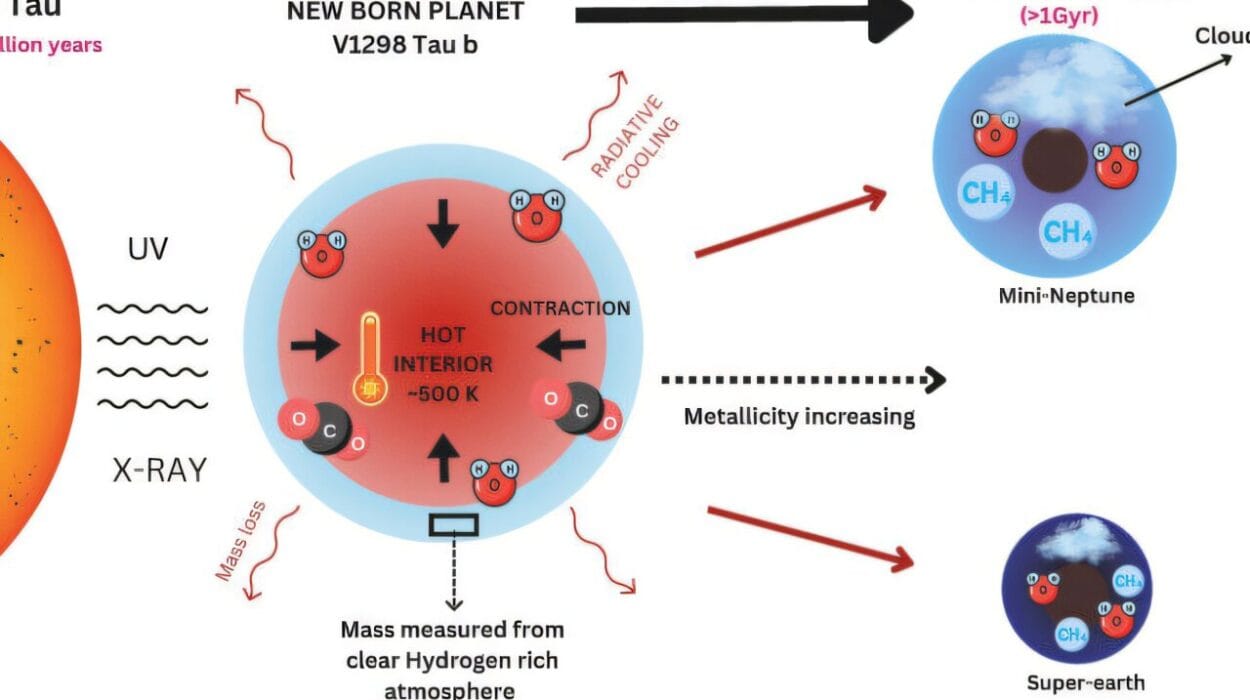Imagine the violent forces of a category 5 hurricane, with winds howling at more than 100 meters per second, ripping across the landscape. Now, picture those winds encircling an entire planet, racing at speeds so fast they leave the planet’s surface in the dust. On Earth, such winds would be catastrophic—impossible to ignore. But on Venus, this is an ordinary day. The planet’s atmosphere, swirling with hurricane-like force, rotates an astonishing 60 times faster than the planet itself. This phenomenon, known as superrotation, is one of the most puzzling and fascinating features of Venus’s weather system.
On Earth, the atmosphere moves at roughly the same speed as the planet’s surface, but Venus is a different beast altogether. Venus takes a staggering 243 Earth days to complete a single rotation, while its atmosphere completes a full circuit in just four days. How does the planet manage to achieve such extremes? That question has intrigued scientists for decades, but despite years of research, the underlying mechanisms that drive superrotation have remained shrouded in mystery. That is, until now.
A New Piece of the Puzzle
For years, researchers have speculated about what could be driving Venus’s intense winds, but no one had been able to definitively pinpoint the cause. Some thought it had to do with the planet’s slow rotation, while others suspected the role of atmospheric processes like thermal tides. However, a team of scientists led by Lai and colleagues has just uncovered a critical piece of the puzzle. Their findings, published in AGU Advances, suggest that a once-daily atmospheric tidal cycle—driven by the heat from the Sun—plays a far more significant role in fueling the planet’s extreme winds than anyone had realized.
“We’ve known for some time that the Sun plays a crucial role in shaping Venus’s atmosphere,” said Lai, “but the magnitude of the influence from these daily thermal tides is much greater than previously thought.”
Thermal tides, as the researchers explain, occur when sunlight heats the air on the dayside of a planet, causing the atmosphere to move in specific patterns. On Venus, these air movements are especially pronounced, contributing to the planet’s high-speed winds. The study focused specifically on the impact of thermal tides—particularly the diurnal tides, which repeat once per Venusian day, as opposed to the semidiurnal tides, which cycle twice per day.
Previous research had largely focused on the semidiurnal tides, which had been seen as the main driver behind the planet’s extreme winds. But the new research shines a light on the importance of the diurnal tides, suggesting that they are more crucial to the momentum driving the superrotation than anyone had thought.
“The diurnal tides were largely ignored in previous studies,” Lai noted. “But after analyzing data from both the European Space Agency’s Venus Express satellite and Japan’s Akatsuki mission, we’ve found that they play a much larger role in maintaining superrotation than we ever expected.”
Unraveling Venus’s Secrets
The team’s study relied on data collected over a span of 16 years, from 2006 to 2022, from two major space missions: the Venus Express satellite from the European Space Agency and the Akatsuki satellite launched by Japan’s Aerospace Exploration Agency. These spacecraft studied Venus’s atmosphere by detecting how radio waves were bent as they passed through the thick clouds surrounding the planet. With this data in hand, the researchers used sophisticated computer models to simulate the planet’s atmospheric behavior and better understand how thermal tides contribute to the planet’s rapid winds.
Their analysis revealed something unexpected: the diurnal thermal tides, which follow a pattern that repeats once every Venusian day, are key players in transporting momentum through the atmosphere. This new insight challenges the long-held assumption that the semidiurnal tides are the primary drivers of the planet’s superrotation. The diurnal tides are the unseen engines that help propel the winds high up into Venus’s cloud tops, where they can spiral at mind-boggling speeds.

Yet, the researchers are careful to note that further clarification is needed to fully understand the intricate contributions of these diurnal tides. There’s still much to learn about how exactly they interact with other atmospheric processes. The complexity of Venus’s weather system, with its interactions between thermal tides, meridional circulation, and planetary waves, means that even with this breakthrough, the complete story of superrotation is still being written.
The Southern Hemisphere’s Role
In addition to their focus on the diurnal tides, the researchers also ventured into a previously unexplored area: the southern hemisphere of Venus. Most previous studies had focused solely on the northern hemisphere, leaving the south largely unexplored. This new research represents the first analysis of the thermal tides in Venus’s southern hemisphere, expanding our understanding of the planet’s atmospheric dynamics. By examining both hemispheres, the team was able to offer a more complete picture of the forces at work in Venus’s swirling, superrotating atmosphere.
It’s a striking example of how even small gaps in our knowledge can hold critical clues. As Lai and his team continue their work, they hope to refine their findings further, offering deeper insights into the complex processes that drive Venus’s extreme winds. But one thing is certain: they’ve cracked open a door that was previously closed, and the view on the other side is both intriguing and filled with possibility.
Why This Research Matters
So, why does all of this matter? Why should we care about the winds on Venus, a planet so far away and so inhospitable to life as we know it? The answer lies not just in our curiosity about the cosmos, but in the insights these discoveries offer for the broader field of planetary science. Understanding the mechanisms that drive extreme weather systems on Venus could help us better understand similar phenomena on other planets, both in our solar system and beyond.
Venus’s superrotation is not just a curiosity; it’s a key piece of the puzzle in understanding how atmospheres work on rocky planets, particularly those that are slow rotating and close to their stars. The forces at play on Venus may hold clues to the weather patterns of exoplanets orbiting distant stars, especially those that may be similar to Venus in size, composition, or position in their star’s habitable zone.
Moreover, the research has implications for studying atmospheres in general. As we look toward planets like Mars or exoplanets in the Goldilocks zone, understanding the factors that drive superrotation could help scientists predict the weather, climate, and potential habitability of these distant worlds. By uncovering how Venus’s atmosphere works, we gain a deeper understanding of the fundamental processes that govern all planetary atmospheres.
In the end, while the winds of Venus may seem distant and foreign, they are more than just a scientific curiosity. They represent the cutting edge of planetary science, pushing the boundaries of what we know about our neighboring planets and the forces that shape the universe.
More information: Dexin Lai et al, Contribution of Thermal Tides to Venus Upper Cloud‐Layer Superrotation, AGU Advances (2025). DOI: 10.1029/2025av001880
